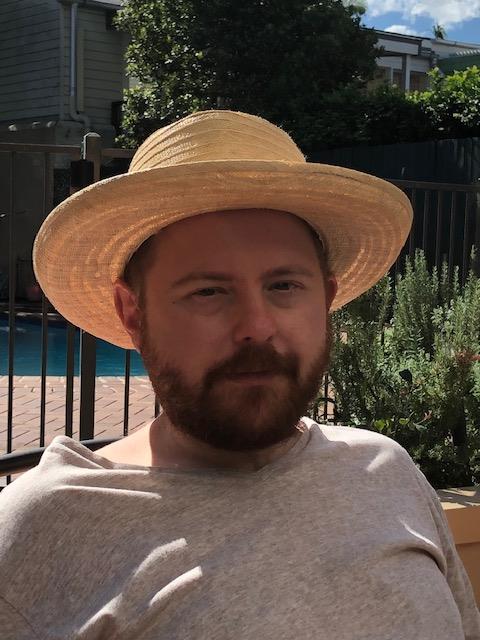Would Vincent van Gogh be eligible for the NDIS?
Vincent Van Gogh is one of the world’s most beloved painters. His use of colour, symbolism and a rich, almost opulent way with paint all seem to have spoken to people in the period after his death, and to this day. Sometimes it’s hard to put into words how a Van Gogh painting can make you feel – the thrill of illumination, the bright burst of colour, and the intensity of his expressive medium.
Most people are also aware that Van Gogh suffered mental illness.
On 23 December, 1888, he cut off his own ear. It is not entirely clear why. It seems that he had had a falling out with a fellow painter – Gauguin – and in a distraught state took a knife to his left ear.
It is also known that Van Gogh committed himself into Saint-Paul-de-Mausole psychiatric hospital in Saint-Rémy; a mental hospital in Arles, where he was treated by a doctor Peyron, who diagnosed a form of epilepsy.
It is also known (or suspected with reason) that Van Gogh took his own life, with a gunshot into his abdomen.
It is difficult to ascertain what illness, or illnesses, Van Gogh may have suffered. Certainly he had period of delirium, where psychotic thoughts took hold. During these attacks, Vincent was totally confused and did not know what he was doing or saying. Some diagnosticians have, in retrospect, claimed he had bipolar disorder. Others guess a psychotic disorder; perhaps schizoaffective disorder.
It does seem fairly clear that the intensity of Van Gogh’s experience of the world came to be expressed in his artworks; one of the reasons they still move people to this day. It also seems clear that Van Gogh took solace in his painting.
It is important here to emphasise that his periods of illness were episodic – he was not in constant anguish.
The following quote from a letter to his brother Theo, 28 January, 1889, attests to this:
“I well knew that one could break one’s arms and legs before, and that then afterwards that could get better but I didn’t know that one could break one’s brain and that afterwards that got better too.”
So Vincent had far from a healthy or balanced mind.
Now transport yourself to the present day…
Australian governments of both major stripes have committed to the National Disability Insurance Scheme; a scheme to help people with disability get the supports they need to live with dignity. This also goes for people with severe mental illness – what is termed “psychosocial” disability.
However, in order to be eligible, prospective clients must be able to show they have a disability that is “likely to be permanent”.
Unfortunately for poor Vincent, the unpredictable and episodic nature of his illness would probably preclude him from NDIS eligibility – it was not clear if his disability was permanent. What’s worse, the Federal Government has ended a number of programs for people with severe mental illness who are not eligible for NDIS; programs like Partners in Recovery, Day2Day Living and Personal Help and Mentors.
I think there is a lesson here. It is fairly simple.
Whilst the NDIS has been doing excellent work in helping people with disability, there are people with severe mental illness who may not be eligible. There are a patchwork of psychosocial services delivered through the Primary Health Networks that are trying to meet the gaps but more needs to be done for consumers. They may be left behind. It is these people, without voice, whom we must pay special attention to, lest their fate leads them to the same dark choice made by Vincent.
Dr. Richard Schweizer, Policy Officer at One Door Mental Health richard.schweizer@onedoor.org.au.
To receive new blogs from Dr. Richard Schweizer subscribe to our eNews.

Dr Richard Schweizer (Richard..."van Gogh")